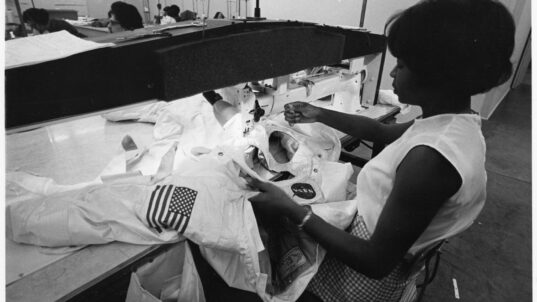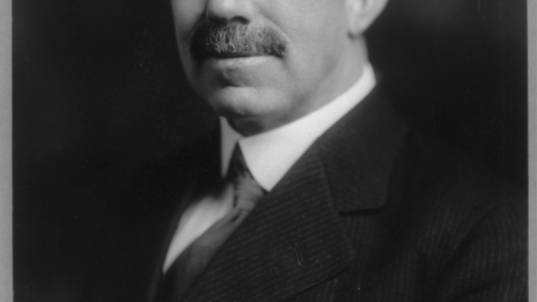
Fauxels via Pexels
Dr. Hunter McHenry was reviewing the syllabus on the first day of class. After going over the standard components of the syllabus, he said, “I believe in the power of collaboration. So, I’m going to place you in learning groups. A lot of what you do in this class will be done in your groups.”
There was a collective groan from the class. The students had their fill of bad experiences with group work. They especially hated the fact that their grade could be impacted by one or two students who wouldn’t do their share of work.
After the groaning had ended, McHenry went on to say, “I predict that the classmates in your group will become some of your closest friends in college. In fact many of you will stay connected long after graduation.” Of course none of the students believed McHenry.
During the first two weeks of the semester, McHenry began to develop the collaborative culture that he found necessary to fulfill the commitment he made to students. This included:
- Requiring that students sit together in class.
- Asking each group to create a set of collaborative commitments to each other. These commitments covered issues like the freeloader problem so many of them dreaded.
- Creating monthly peer reviews to reinforce the collaborative commitments.
- Allocating 5-10 minutes at the end of each class for a bonus assignment where each group would work together for extra credit points.
- Asking each student in each group to prepare anticipated test questions that they could share with each other.
- Giving each group $50 allowance to put toward a shared potluck meal together.
As the semester continued, McHenry could tell that the collaborations were working. The class sessions were full of the buzz of on-task conversations. At mid-semester, he observed that the students in the groups were planning their next semester schedules so that they would have classes together. What especially pleased McHenry was that group members started looking out for each other. If students missed class, the others in their group would seek them out to find out if there was a problem.
The last class of the semester was a sad moment when students realized that their collaborative experience was ending. McHenry ended class by showing students a collection of photos. The photos were of wedding parties, students at bowl games, students vacationing together, and a series of baby pictures. McHenry ended by saying, “These are all photos of student groups from this class in the past. The groups have reconnected years after graduation. While today may be the last time you will be together in this class, your collaborative experiences are just beginning. Good luck on your finals.” McHenry left to a thunderous applause.
Creating a collaborative classroom culture takes some doing–but the rewards can be long lasting. It helps to set up course structures that reward positive collaboration. Helping students to craft their collaborative agreements is one important step toward addressing some of the pitfalls of group work–including the freeloader problem. What actions do you think are helpful for creating a culture of collaboration in the classroom?
* * *
“Alone we can do so little. Together we can do so much.” – Helen Keller
This post is part of our “Think About” education series. These posts are based on composites of real-world experiences, with some details changed for the sake of anonymity. New posts appear Wednesday afternoons.



